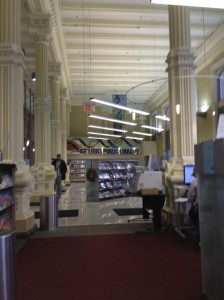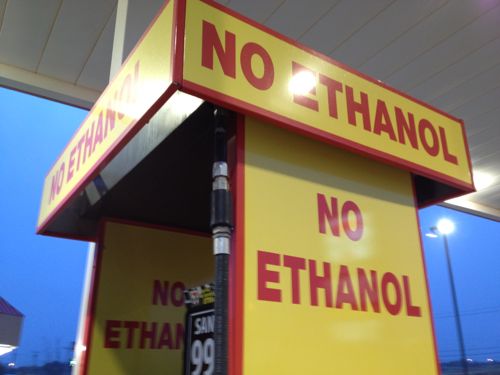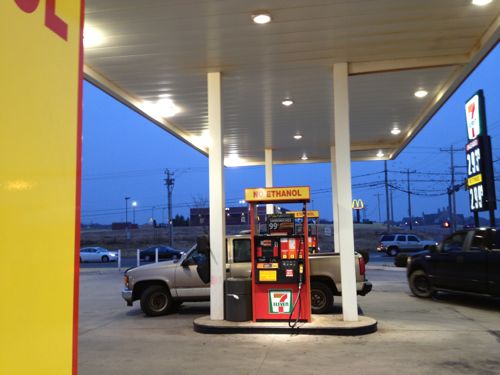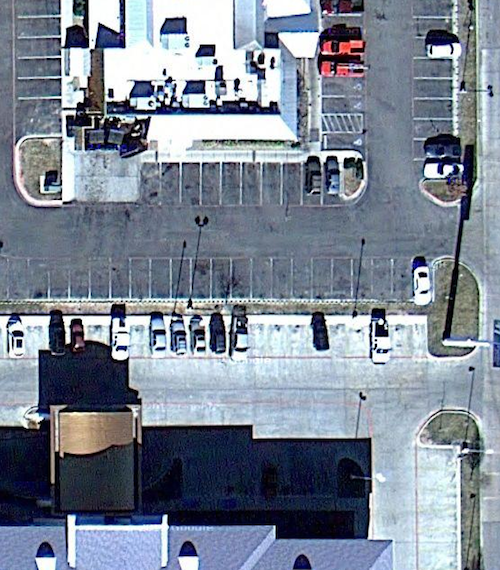Reading: Made for Walking by Julie Campoli
Every so often I get a book to review that I keep repeating “Yes!” as I go through it, Made for Walking is that sort of book:
Landscape architect and urban designer Julie Campoli challenges our current notions of space and distance and helps us learn to appreciate and cultivate proximity. In this book, developed as a follow-up to Visualizing Density (2007, co-authored with aerial photographer Alex S. MacLean), she illustrates urban neighborhoods throughout North America with hundreds of street-level photographs.
Researchers delving into the question of how urban form affects travel behavior identify specific characteristics of place that boost walking and transit use while reducing VMT. In the 1990s some pinpointed diversity (of land uses), density, and design as the key elements of the built environment that, in specific spatial patterns, enable alternative transportation. After a decade of successive studies on the topic, these “three Ds” were joined by two others deemed equally important—distance to transit and destination accessibility—and together they are now known as the “five Ds.” Added to the list is another key player: parking.
This book should be required reading for everyone involved in neighborhoods, development, transit in the St. Louis region – especially St. Louis aldermen. Camponi articulates why it is beneficial to change land use patterns, accompanied by hundreds of images to make her points.
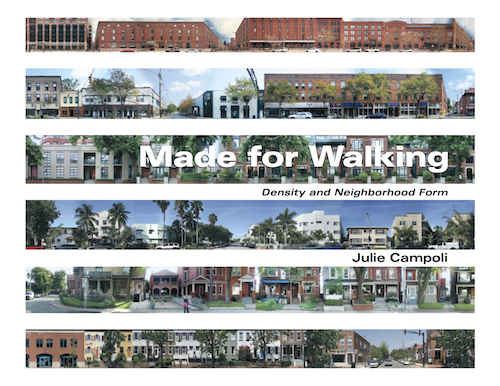
One example I recognized immediately, the Coal Harbour area of Vancouver BC. Here the sidewalks in an area of new high rise buildings are pleasant because smaller-scale buildings front onto them, defining them.
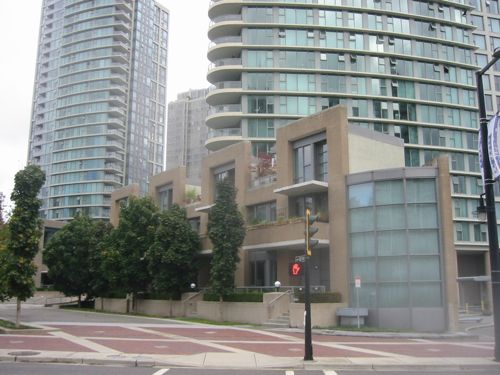
Here is the chapter list:
- Everything is somewhere else
- Five Ds and a P
- Neighborhood Form
- Twelve places made for walking
- Low-carbon neighborhoods
- The shape of things to come
- Good bones
Highly recommended!
— Steve Patterson
